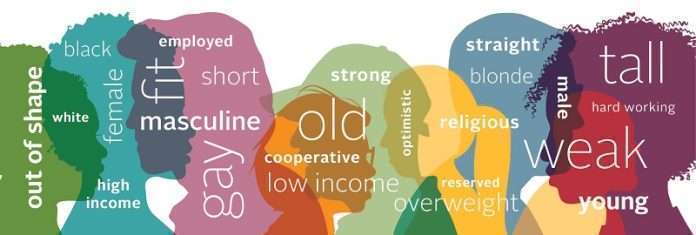For more than 80 years, psychologists studying biases have attributed the liking of another group, as being indicative of a dislike for one’s own group. In other words, if you belong to A group and you happen to favor B group, then it was surmised that your liking for B was from a dislike of your own A group.
The basis for this narrow interpretation was the result of a study conducted in the United States in the 1940s by the psychologist couple, Kenneth and Mamie Clark. The couple, studying the widespread racism and segregation then prevailing in the United States, used dolls to study attitudes about race among African-American children. The experiment involved children between the ages of 5 and 7 being presented with dolls that were identical except for the skin and hair color.
One doll was white with yellow hair, while the other was brown with black hair. The child was then asked questions inquiring as to which one is the doll they would play with, which one is the nice doll, which one looks bad, which one has the nicer color, etc. The experiment showed a clear preference for the white doll among all children in the study. The conclusion drawn was that an African-American child by the age of five is aware that to be “colored in … American society is a mark of inferior status”.
The Clarks’ experiment set the standard in psychology discourse for decades to come: If you like a group to which you do not belong (out group), it is because you have bad feelings about your own group (in group). A new study conducted recently by researchers at the University of California and involving more than 879,000 participants, challenges this entrenched assumption.
Findings from the new study suggest that outgroup preference does not necessarily reflect negative feelings about the ingroup, as much as it reflects positive feelings about the outgroup. The study focused on measures of implicit bias. Whereas explicit bias is bias that is expressed directly — For example, I think this group is superior to that group — implicit bias is measured indirectly.
For their study the researchers measured implicit bias using the Implicit Association Test (IAT) . The computerized IAT involves participants having to sort words related to ingroups and outgroups, and to pleasant and unpleasant concepts. If a participant responds more quickly and accurately to some word pairings than others — for example, ingroup-good versus ingroup-bad — it suggests that the faster/more accurate responses are more strongly connected in the participant’s mind.
The study was administered through Internet-based sites to 879,000 volunteers, plus undergraduates at the University of California. The IATs measured implicit bias in the contexts of race — Black, white, and Asian; sexual preference — straight vs. gay; and age — young vs. old.
Among members of minority or what are considered relatively lower-status groups — Asian people, Black people, homosexual people, older people — who showed implicit bias in favor of a higher-status outgroup, they consistently showed more positive evaluations of the outgroup than they did negative evaluations of their own group.
The researchers found the same pattern among members of majority or relatively higher-status groups — white people, straight people, younger people — who showed implicit bias in favor of their own ingroup. Their liking of the ingroup showed more positive evaluations of the ingroup than negative evaluations of the outgroup.
The researcher suggested that whenever people like a higher-status group, it is not necessarily at the expense of the lower-status group. They surmised that one possible reason for the bias is favorable representations of high-status groups in culture, like movies and politics.
There was an exception to the finding among white and young people who showed an implicit bias in favor of other races or older people, this cohort was more likely to have negative feelings about their ingroups.

















